|

The Crusades were a series of religious wars sanctioned by the Latin Church in the medieval period. The most commonly known Crusades are the campaigns in the Eastern
Mediterranean aimed at recovering the Holy Land from Muslim rule, but the term "Crusades" is also applied to other church-sanctioned campaigns. These were fought for a variety of reasons including the suppression of paganism and heresy, the resolution of conflict among rival Roman Catholic groups, or for political and territorial advantage. At the time of the early Crusades the word did not exist, only becoming the leading descriptive term around 1760.
In 1095, Pope Urban II called for the First Crusade in a sermon at the Council of Clermont. He encouraged military support for the Byzantine Empire and its Emperor, Alexios I, who needed reinforcements for his conflict with westward migrating Turks colonizing Anatolia. One of Urban's aims was to guarantee pilgrims access to the Eastern Mediterranean holy sites that were under Muslim control but scholars disagree as to whether this was the primary motive for Urban or those who heeded his call. Urban's strategy may have been to unite the Eastern and Western branches of Christendom, which had been divided since the East–West Schism of 1054 and to establish himself as head of the unified Church. The initial success of the Crusade established the first four Crusader states in the Eastern
Mediterranean: the County of Edessa, the Principality of Antioch, the Kingdom of Jerusalem and the County of Tripoli. The enthusiastic response to Urban's preaching from all classes in Western Europe established a precedent for other Crusades. Volunteers became Crusaders by taking a public vow and receiving plenary indulgences from the Church. Some were hoping for a mass ascension into heaven at Jerusalem or God's forgiveness for all their sins. Others participated to satisfy feudal obligations, obtain glory and honour or to seek economic and political gain.
The two-century attempt to recover the Holy Land ended in failure. Following the First Crusade there were six major Crusades and numerous less significant ones. After the last Catholic outposts fell in 1291 there were no more Crusades but the gains were longer lasting in Northern and Western Europe. The Wendish Crusade and those of the Archbishop of Bremen brought all the North-East Baltic and the tribes of Mecklenburg and Lusatia under Catholic control in the late 12th century. In the early 13th century the Teutonic Order created a Crusader state in Prussia and the French monarchy used the Albigensian Crusade to extend the kingdom to the Mediterranean Sea. The rise of the Ottoman Empire in the late 14th century prompted a Catholic response which led to further defeats at Nicopolis in 1396 and Varna in 1444. Catholic Europe was in chaos and the final pivot of Christian–Islamic relations was marked by two seismic events: the fall of Constantinople to the Ottomans in 1453 and a final conclusive victory for the Spanish over the Moors with the conquest of Granada in 1492. The idea of Crusading continued, not least in the form of the Knights Hospitaller, until the end of the 18th-century but the focus of Western European interest moved to the New World.
Modern historians hold widely varying opinions of the Crusaders. To some, their conduct was incongruous with the stated aims and implied moral authority of the papacy, as evidenced by the fact that on occasion the Pope excommunicated Crusaders. Crusaders often pillaged as they travelled, and their leaders generally retained control of captured territory instead of returning it to the Byzantines. During the People's Crusade, thousands of Jews were murdered in what is now called the Rhineland massacres. Constantinople was sacked during the Fourth Crusade. However, the Crusades had a profound impact on Western civilisation: Italian city-states gained considerable concessions in return for assisting the Crusaders and established colonies which allowed trade with the eastern markets even in the Ottoman period, allowing Genoa and Venice to flourish; they consolidated the collective identity of the Latin Church under papal leadership; and they constituted a wellspring for accounts of heroism, chivalry, and piety that galvanised medieval romance, philosophy, and literature. The Crusades also reinforced a connection between Western
Christendom, feudalism, and militarism.

KNIGHTS TEMPLAR
The Templars were organized as a monastic order similar to Bernard's Cistercian Order, which was considered the first effective international organization in Europe. The organizational structure had a strong chain of authority. Each country with a major Templar presence (France, Poitou, Anjou, Jerusalem, England, Aragon,
Portugal,
Italy, Tripoli, Antioch, Hungary, and Croatia) had a Master of the Order for the Templars in that region.
All of them were subject to the Grand Master, appointed for life, who oversaw both the order's military efforts in the East and their financial holdings in the West. The Grand Master exercised his authority via the visitors-general of the order, who were knights specially appointed by the Grand Master and convent of Jerusalem to visit the different provinces, correct malpractices, introduce new regulations, and resolve important disputes. The visitors-general had the power to remove knights from office and to suspend the Master of the province concerned.
No precise numbers exist, but it is estimated that at the order's peak there were between 15,000 and 20,000 Templars, of whom about a tenth were actual knights.
KNIGHTS TEMPLAR - LEGACY
With their military mission and extensive financial resources, the Knights Templar funded a large number of building projects around
Europe and the Holy Land. Many of these structures are still standing. Many sites also maintain the name "Temple" because of centuries-old association with the Templars. For example, some of the Templars' lands in London were later rented to
lawyers, which led to the names of the Temple Bar gateway and the Temple Underground station. Two of the four Inns of Court which may call members to act as barristers are the Inner Temple and Middle Temple – the entire area known as Temple,
London.
Distinctive architectural elements of Templar buildings include the use of the image of "two knights on a single horse", representing the Knights'
poverty, and round buildings designed to resemble the Church of the Holy Sepulchre in Jerusalem.

FREEMASONRY
Freemasonry has incorporated the symbols and rituals of several medieval military orders in a number of Masonic bodies since the 18th century at least. This can be seen in the "Red Cross of Constantine," inspired by the Military Constantinian Order; the "Order of Malta," inspired by the Knights Hospitaller; and the "Order of the Temple", inspired by the Knights Templar. The Orders of Malta and the Temple feature prominently in the York Rite. One theory on the origin of
Freemasonry claims direct descent from the historical Knights Templar through its final fourteenth-century members who allegedly took refuge in
Scotland and aided Robert the Bruce in his victory at Bannockburn. This theory is usually rejected by both Masonic authorities and historians due to lack of evidence.
POPULAR CULTURE
The Knights Templar have become associated with legends concerning secrets and mysteries handed down to the select from ancient times. Rumours circulated even during the time of the Templars themselves. Masonic writers added their own speculations in the 18th century, and further fictional embellishments have been added in popular novels such as Ivanhoe, Foucault's Pendulum, and
The Da Vinci
Code, modern movies such as National
Treasure, The Last Templar, and Indiana Jones and the Last Crusade, as well as video games such as Broken Sword and Assassin's Creed.
Beginning in the 1960s, there have been speculative popular publications surrounding the order's early occupation of the Temple Mount in Jerusalem and speculation about what relics the Templars may have found there, such as the Holy Grail or the Ark of the
Covenant, or the historical accusation of idol worship (Baphomet) transformed into a context of "witchcraft".
The association of the Holy Grail with the Templars has precedents even in 12th century fiction; Wolfram von Eschenbach's Parzival calls the knights guarding the Grail Kingdom templeisen, apparently a conscious fictionalisation of the templarii.
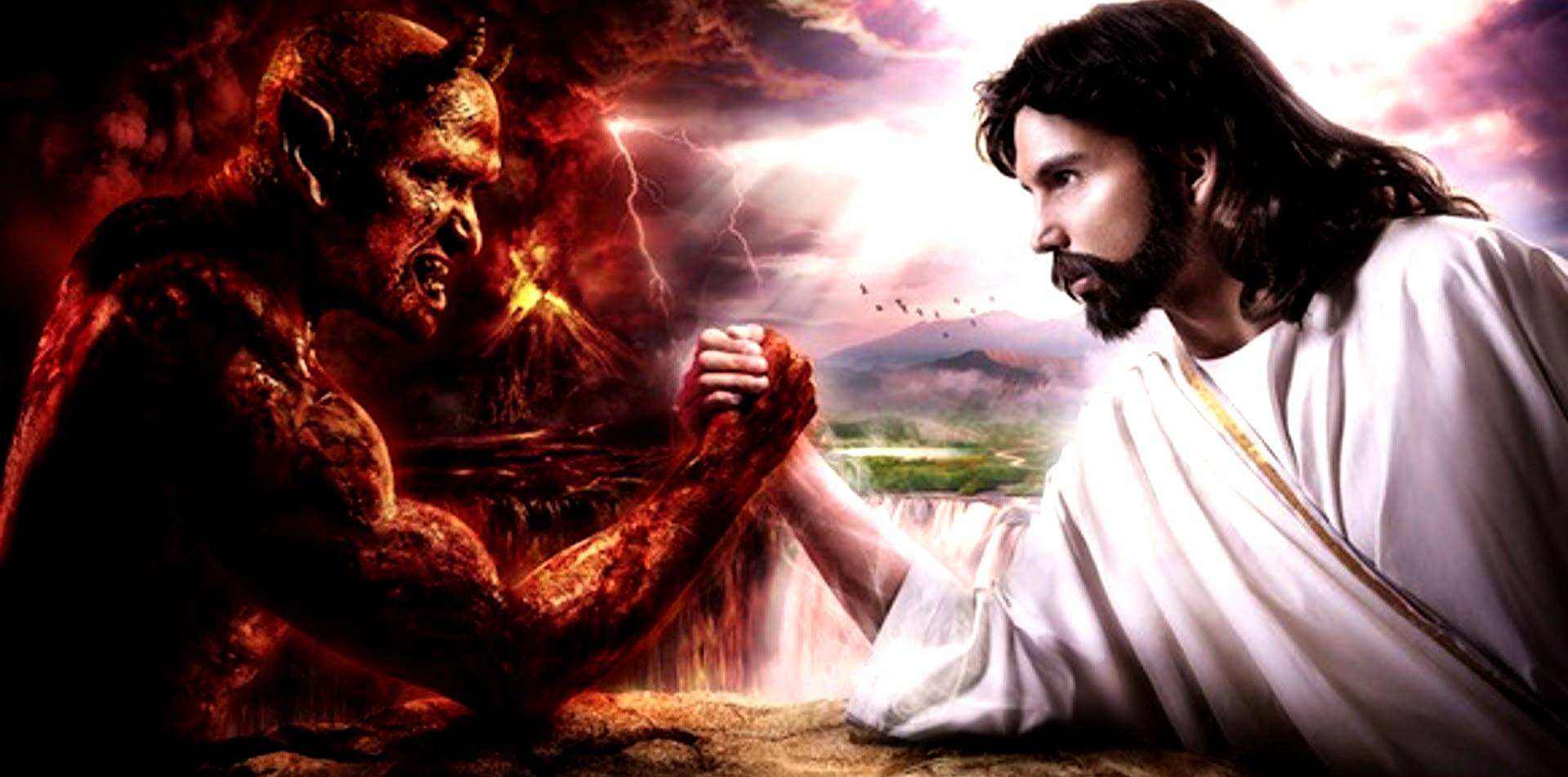
TAKING
ON THE ABUSERS
OF THEIR POSITIONS OF TRUST - These men and women council employees
are in highly regarded positions of trust, such that if that trust is
abused the penalties should be proportionate and all proceeds of their crimes
subject to the most careful scrutiny - as with any other crime such as fraud. You would
not let a bank robber or a murderer
keep their ill gotten gains, so why is it that planning officers and
councillors who are corrupt somehow manage to escape prosecution? The
answer is that the local
police force heads are sometimes involved in the corruption, such as
with the Jimmy
Ashley shooting. They get
a bung to tow the party line - and not investigate these heinous crimes on
their doorstep. The same punishment should apply to secret alliances such
as those forged in some of the Masons
lodges with high proportions of
builders, architects, councillors and
police
officers all doing their best to perpetuate a profitable situation
from their positions of power within their local authority. That is why
civil servants with the wrong mindset are so dangerous to a fair and
equitable society.
WHO
WE WERE FIGHTING AGAINST FROM 1939 TO 1945
|
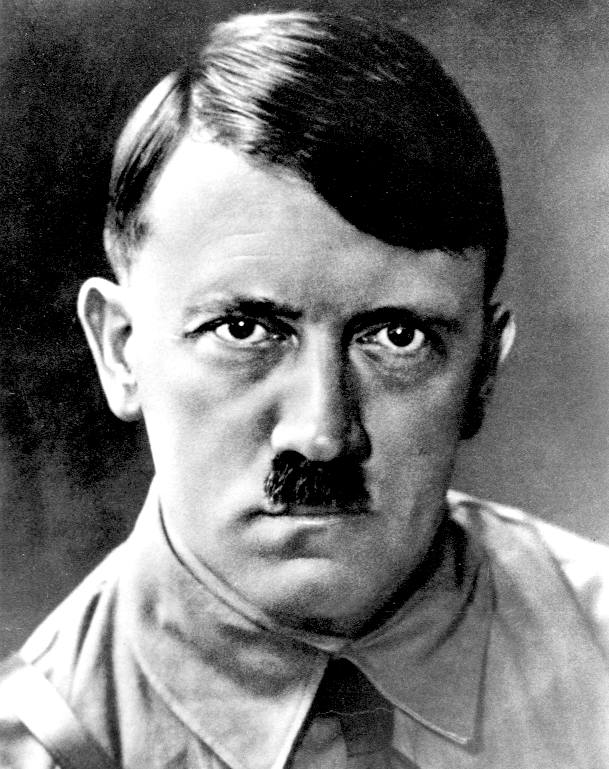
Adolf
Hitler
German
Chancellor
|
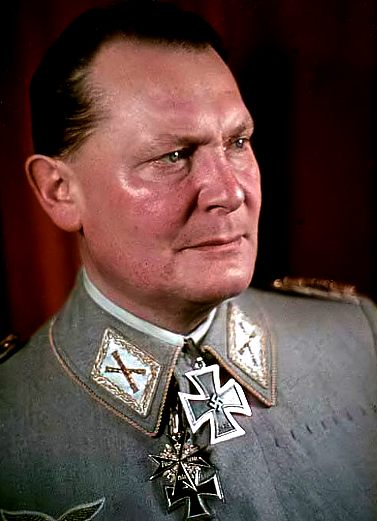
Herman
Goring
Reichsmarschall
|
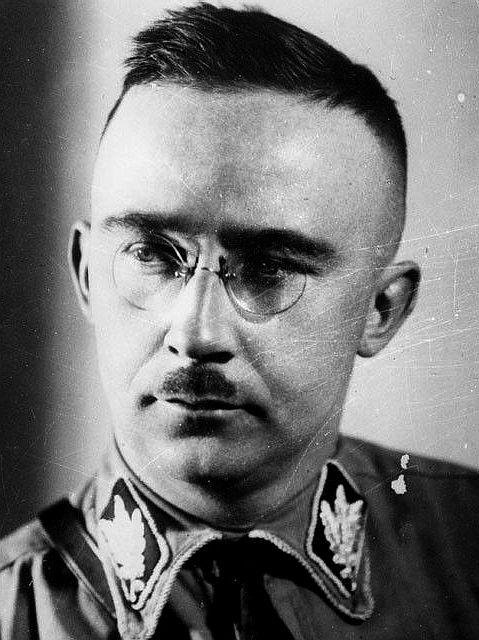
Heinrich
Himmler
Reichsführer
|
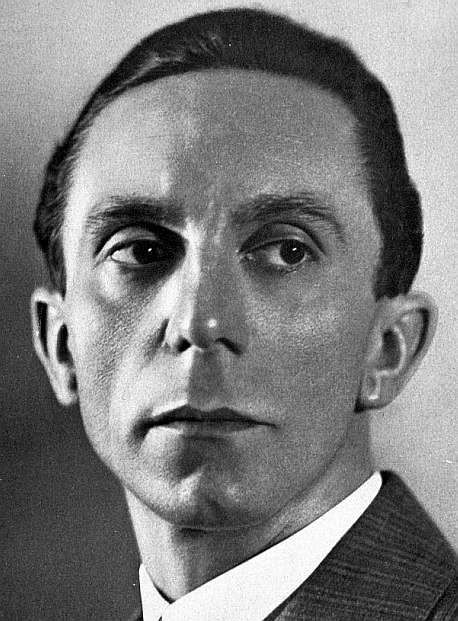
Joseph
Goebbels
Reich Minister
|
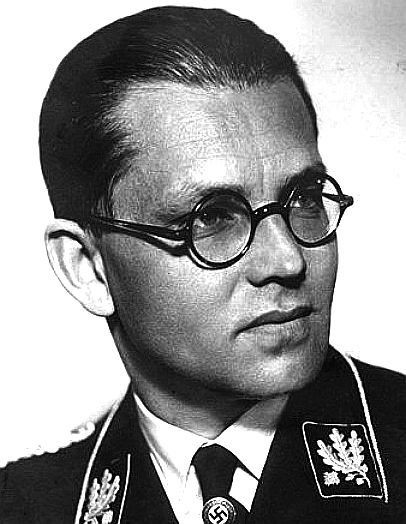
Philipp
Bouhler SS
NSDAP
Aktion T4
|
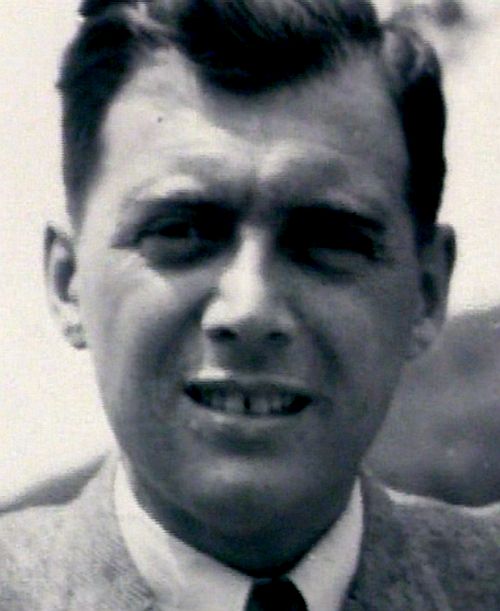
Dr
Josef Mengele
Physician
Auschwitz
|
|
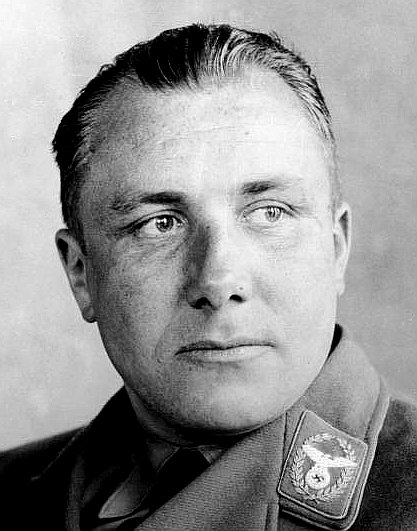
Martin
Borman
Schutzstaffel
|
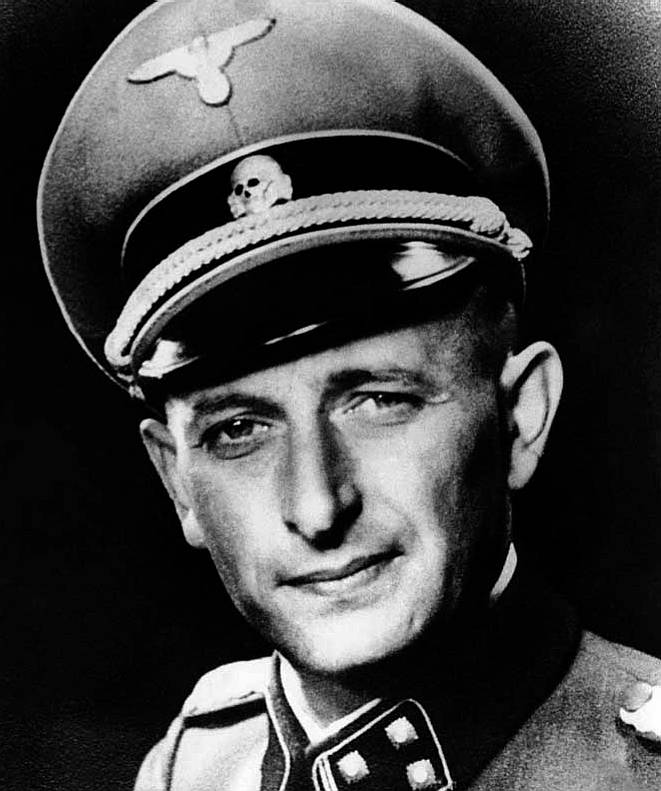
Adolph
Eichmann
Holocaust
Architect
|
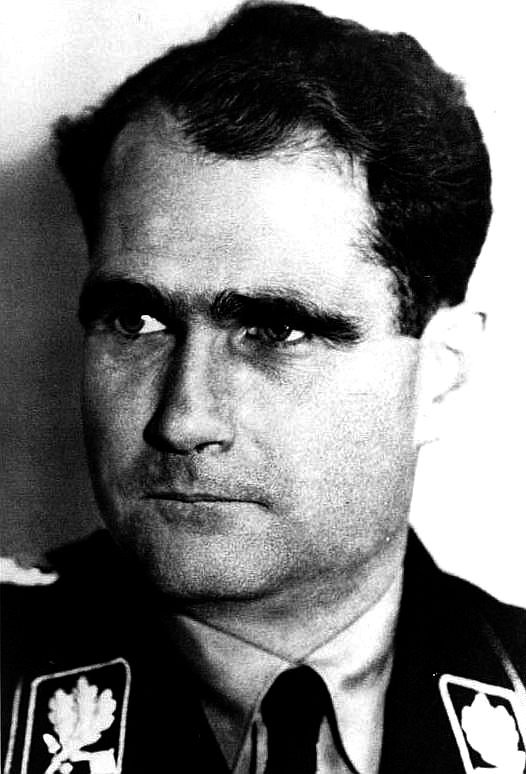
Rudolf
Hess
Commandant
|
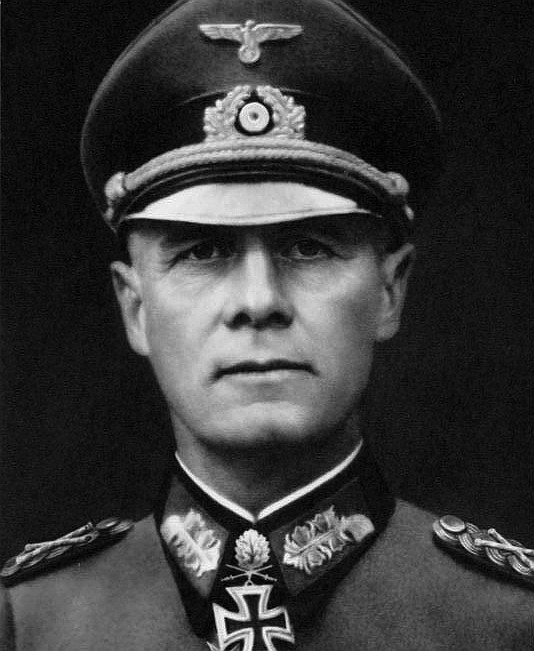
Erwin
Rommel
The
Desert Fox
|
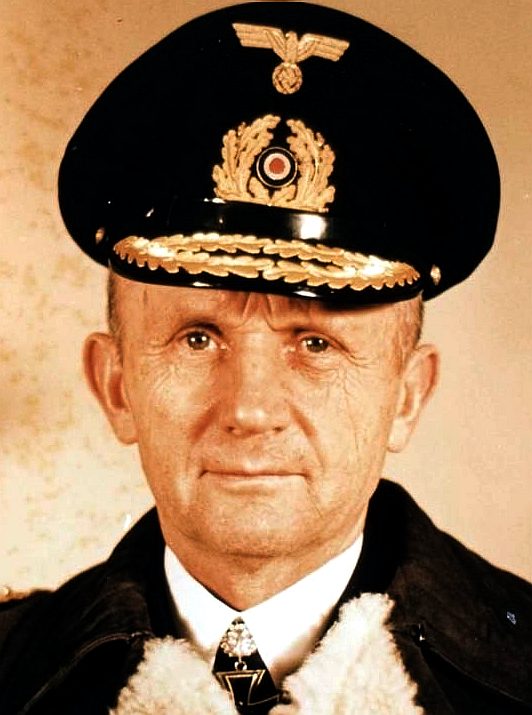
Karl
Donitz
Kriegsmarine
|
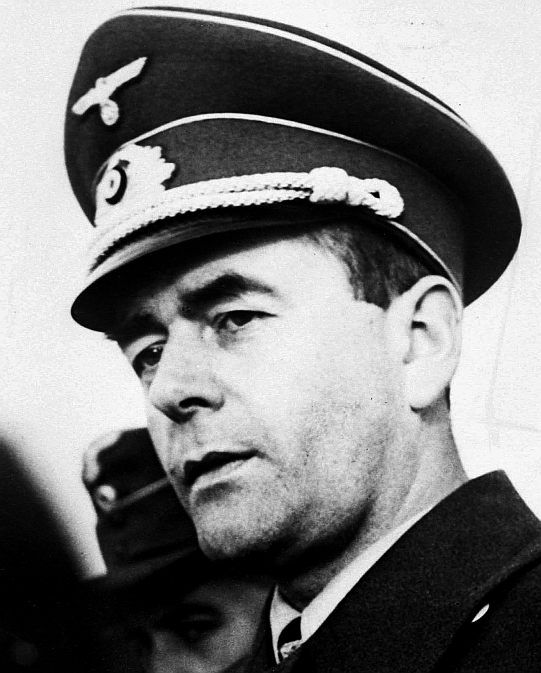
Albert
Speer
Nazi
Architect
|
SUSSEX
POLICE A
- Z OF OFFICERS
Aran
Boyt
Chris
Sherwood
Colin
Dowle
Dave
Tye
Jane
Rhodes
Jo
Pinyoun
Joe
Edwards
Giles
York
Gordon
Staker
James
Hookway
Jeremy
Paine
Kara
Tombling
Keith
Lindsay
Keith
Stoneman
Ken
Jones
Maria
Wallis
Mark
Jordan
Martin
Richards
Neil
Honnor
Nigel
Yeo
Olivia
Pinkney
Paul
Whitehouse
Peter
Coll
Robert
Lovell
Sarah
Jane Gallagher
Sir
Ken Macdonald QC
Timothy
Motram
The
above is just a few of a number of persons likely to be investigated in
respect of certain cases brought against Wealden Action Group members, on
the instigation of known Masons, councillors, or
planning
officers, many
of which are themselves Masons or have masonic connections.
LINKS
& REFERENCE
https://en.wikipedia.org/wiki/Knights_Templar
http://www.knightstemplar.org.uk/
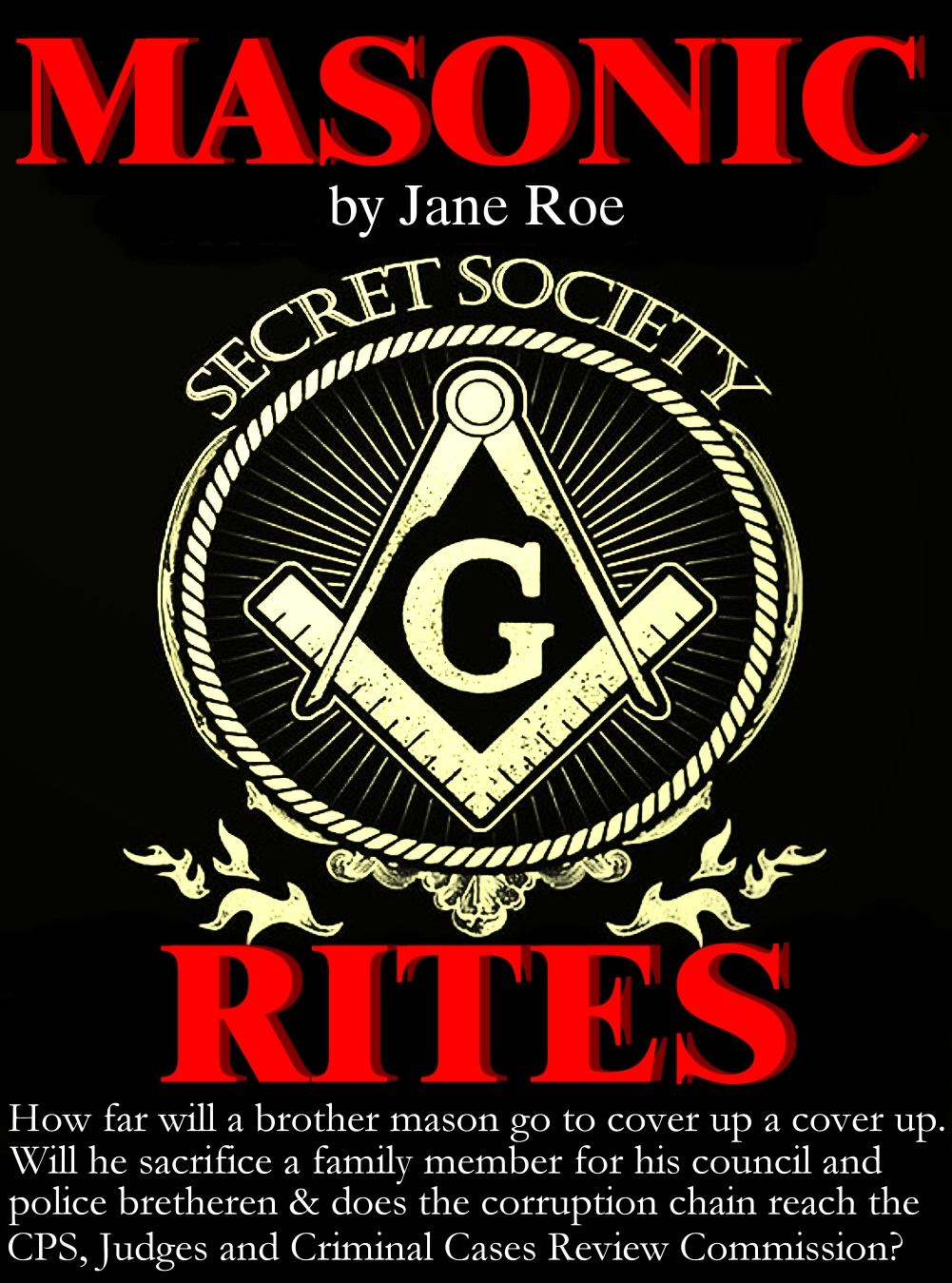
BROTHERS
IN ARMS - Just
how far will a brother mason go to help another mason? Will he sacrifice
the mental
state of a family member to help the police and his council cover up
a cover up, or is he also a victim of the
Grand Lodge and brother mason peer pressure. Just how far up the justice
chain does masonic influence extend. Does it include Judges, the CPS and
Criminal Cases Review Commission. In this book by Jane Roe, the
machinations of the justice system are explored where police
corruption and lack of transparency reach as far as the High Court. You
just could not make this stuff up. This book will not be made available
in the United Kingdom. But it is a volume that shows other countries and
foreign investors just how bad Britain has become - where if your face
does not fit - the police and courts can be used to oust you and there
is no accountability or process to regain justice.
Based on a true story, the names and locations of the characters have
been changed to protect the victim of a frame-up who was sent to prison
for rape, where the girl making the claim was
still a virgin
and other evidence proving innocence was suppressed by the CPS.
The British
justice system is so corrupted that the Crown
Prosecution Service still managed to gain a conviction for their
brother mason where one of the most corrupt
police forces in England needed to cover up their cover up of
council planning frauds. There is no right of appeal in the United
Kingdom in denial of Article 6 of the Human
Rights Act 1998, because the criminal justice system has been pared
to the bone to counter prolific Government borrowing that the nation
cannot afford. The Criminal Cases Review Commission openly discriminate
between cases where incompatibility in referrals are commonplace, signaling
favours for masonic chums in the provinces. Copyright © cover design
Horse Sanctuary Trust UK 20 October 2018. All rights reserved.

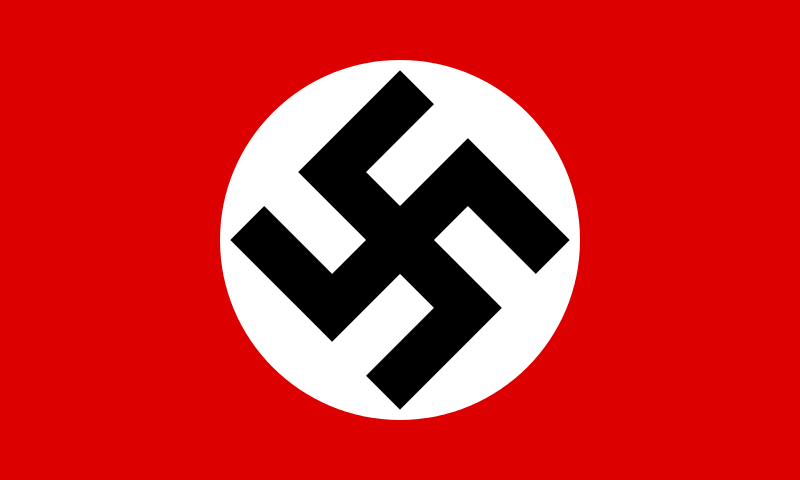
Paul
Whitehouse (1993-2001) Ken
Jones (2001-2006) Joe
Edwards (2006-2007) Martin
Richards (2008-2014) Giles York (2014
>>)
FAIR
USE NOTICE
This
site contains copyrighted material the use of which has not always been
specifically authorized by the copyright owner. We are making such
material available in our efforts to advance understanding of
environmental, political, human rights, economic, scientific, and social
justice issues, etc. We believe this constitutes a 'fair use' of any such
copyrighted material as provided for in section 107 of the US Copyright
Law. In accordance with Title 17 U.S.C. Section 107, the material on this
site is distributed without profit to those who have expressed a prior
interest in receiving the included information for research and
educational purposes. This site is protected under
Article10
of the
European Convention on
Human
Rights
and Fundamental Freedoms.
For
more information go to: http://www.law.cornell.edu/uscode/17/107.shtml. If
you wish to use copyrighted material from this site for purposes of your
own that go beyond 'fair use', you must obtain permission from the
copyright owner.
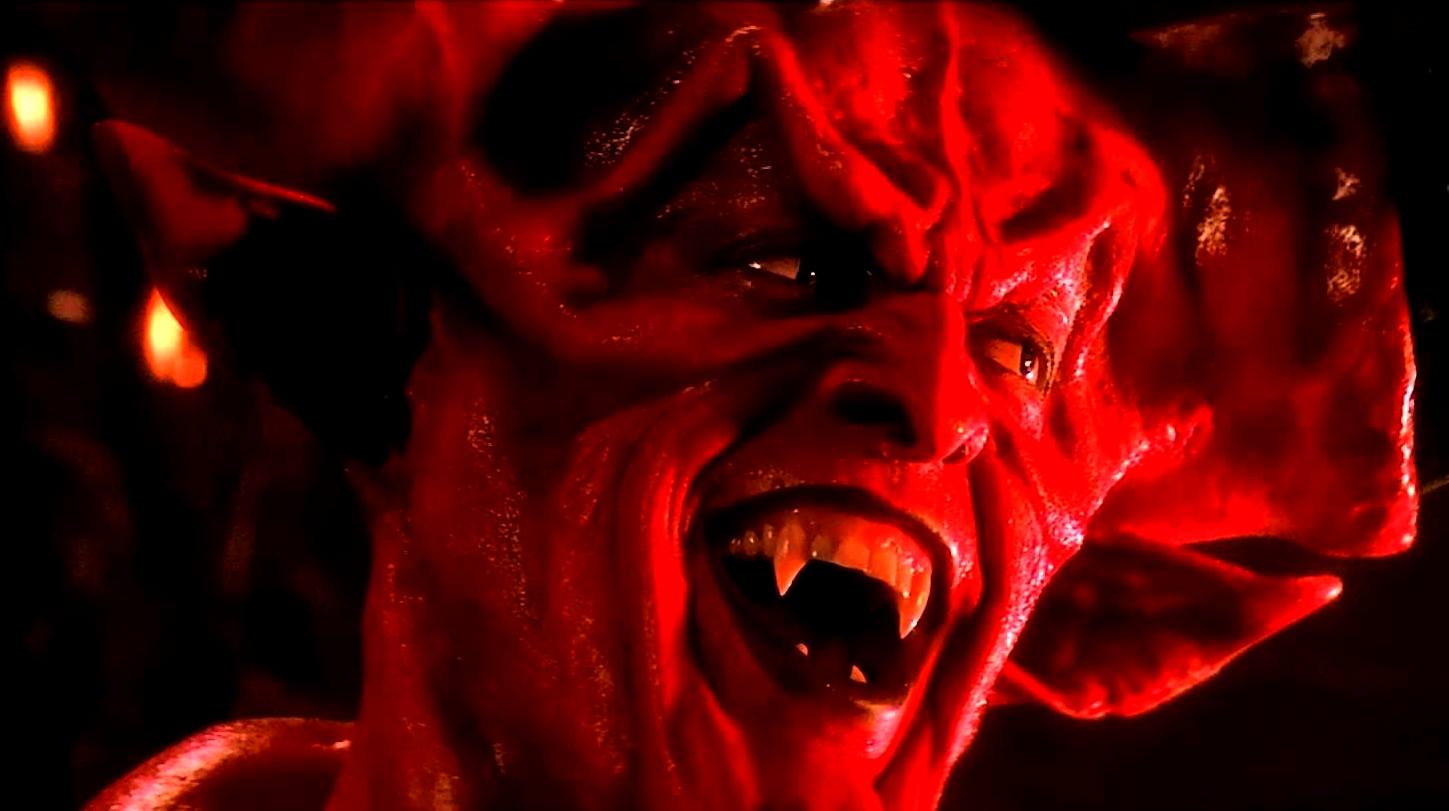
|
















